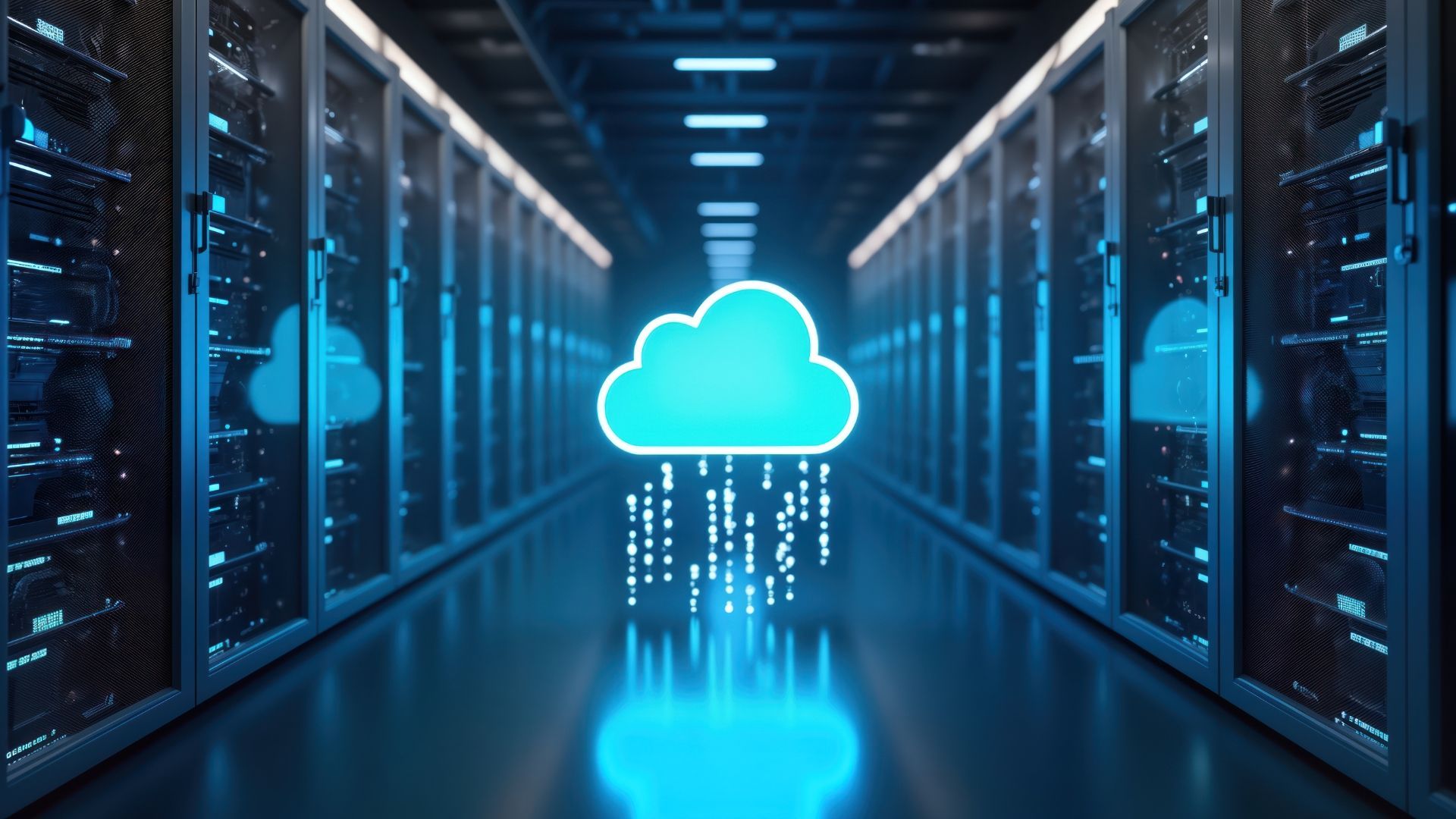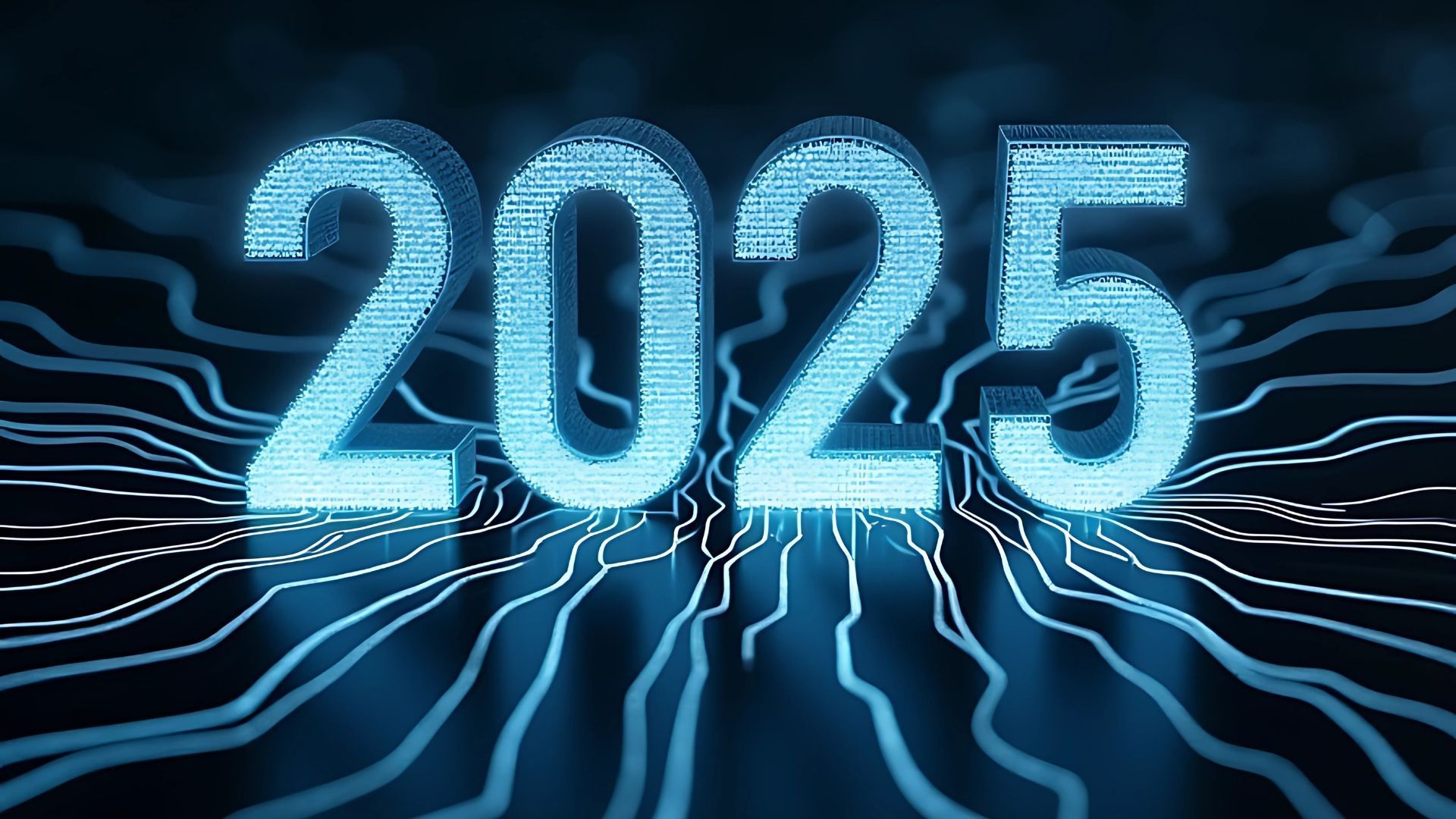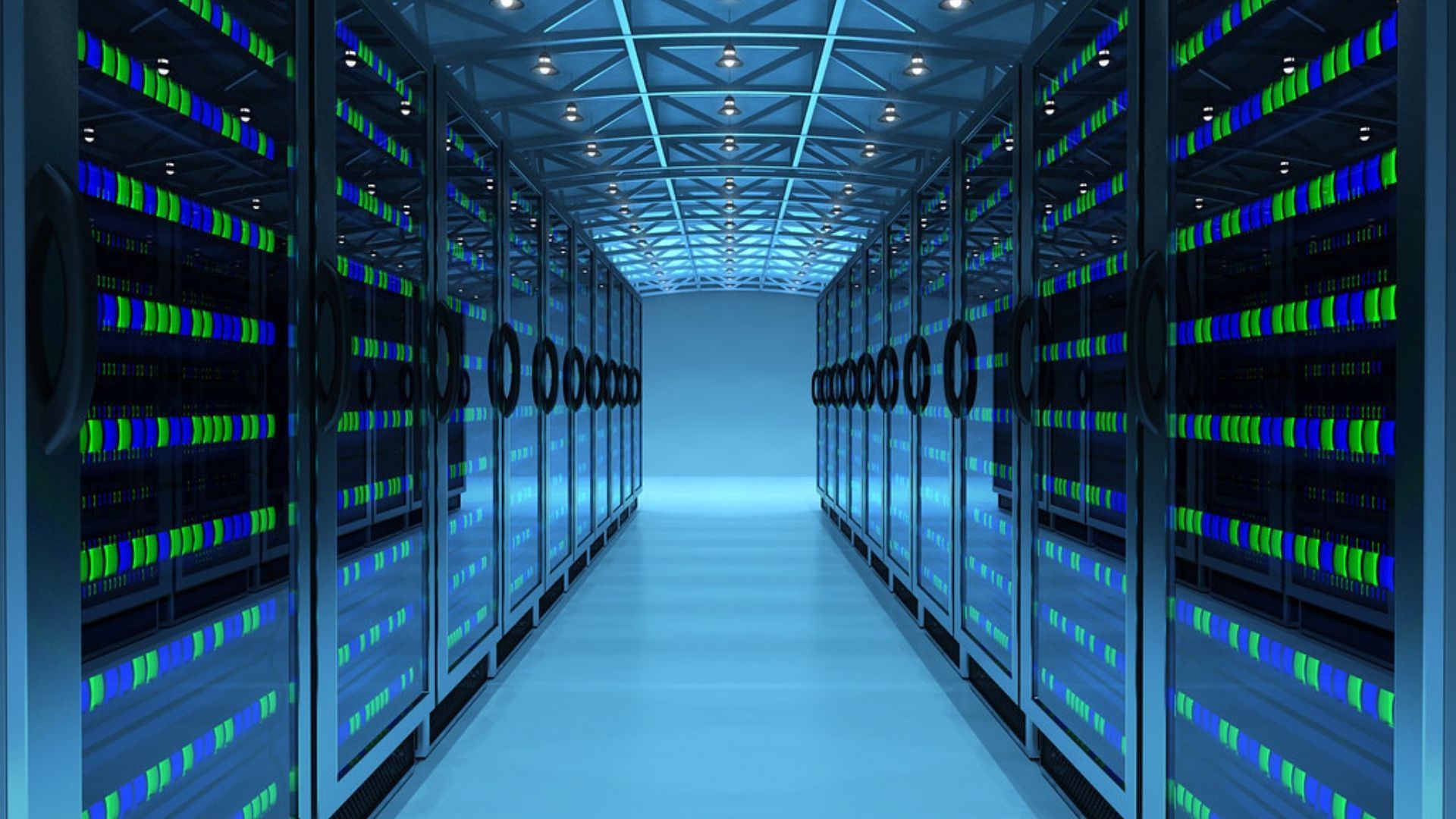VMware jargon buster
Whether you already use VMware software or are looking to upgrade, there's a heap of jargon to get your head around. Here's how to crack the code.
If you're a current user of VMware cloud solutions or are looking to migrate, you may find yourself scratching your head when presented with the language used.
So, in this article, we're going to break down some of the jargon for you. Stick with us and you'll soon be talking like a dyed-in-the-wool cloud architect.
Cloud-native
A "cloud-native" app is purpose-built to run on the cloud.
We're living in an age of transition. While the cloud is the destination for most businesses, some are still reliant on physical architecture and some use a hybrid of the two.
This has the potential to create teething problems for network managers. Legacy apps were not built for the cloud, so integrating them into virtual architecture can be tricky.
We don't want to overstate the problem. Cloud migration consultants know how to make these integrations work with minimum bodging. But cloud-native applications have the advantage of being seamlessly integrated.
HCX
HCX is a piece of VMware software that's used to move applications around – whether from data centre to cloud or from one cloud to another. We talk about it in more detail
here.
Lift and shift
Lift and shift is a method for moving workloads to the cloud. As the name suggests, it's a wholesale transfer of data and applications – a bit like pouring whisky from the bottle straight into a decanter.
Critics would say that it's more like putting dirty plates back in the cupboard without cleaning them first and prefer "rehosting" or "refactoring". These methods optimise workloads for cloud usage before transferring them.
But in the majority of cases, the name of the game is getting workloads moved with as little fuss as possible. Fuss means disruption and disruption means time and money. Lift and shift gets the job done.
Microsegmentation
To explain this concept, we want you to imagine two things. First, you've won the EuroMillions. Secondly, you live in a world where your money has to be kept at home.
You could put your cash in the loft and protect it with a single passcode. Or you could split it between many different safes, each with its own code to crack.
Micro-segmentation is the data equivalent of the second approach. Rather than keeping all your workloads behind a single firewall, they're split into tiny chunks. Each chunk is then watched over by its own private guard.
Microservices
Microservices are the product of splitting up a single "monolithic" application. The thinking here is that it's easier to build and maintain smaller bits of software that work together than one big bulky application.
Network virtualisation
What runs the cloud? The simple answer is those warehouses filled with physical servers that are dotted around the world. They power the VMs (virtual machines) that keep your applications whirring.
The immediate problem this system presents is that you, the cloud user, aren't sat in a data warehouse. So, you need to be able to access and manage a virtual version of the network.
VMware provides this service in the form of NSX – one component of its SDDC stack. It currently exists in two forms, NSX-V and its younger but more powerful sibling NSX-T. Technical support for the older version is soon to end, so
V2T migration is a good idea.
Private cloud
If you work for an organisation that handles sensitive information – a government department, for instance, or a financial institution – then you don't want to be running your workloads on the public cloud.
Instead, you'll use a cloud that's run on private servers. These could belong outright to the organisation or be rented from tech companies like Amazon, Google, Apple and Microsoft.
Public cloud
When most people think of the cloud, they're thinking of public cloud providers like Amazon Web Services or Microsoft Azure. Public clouds are powered by third-party servers and accessed over the public internet.
If you use a combination of private and public clouds then you're using a "hybrid cloud". This allows confidential data to be kept from prying eyes while retaining access to the public cloud.
By contrast, a "multi-cloud" environment is one where you use more than one cloud provider.
SDDC/SDDC stack
SDDC stands for "software-defined data centre". It's the software version of a data centre whirring away in the distance and you can access it from anywhere. It's a little like CCTV – you sit at your desk in the control room and watch the traffic.
SDDC is a bundle of softwares stacked on top of each other. There are three key components: vSphere, vSAN and NSX.
Why? Well, your physical server has different functions. It provides horsepower in the form of CPU and RAM. It stores data. And it keeps that data secure.
Each of these functions is represented by a different piece of the stack. They're all watched over by a never-shutting eye. The general term for this top layer is a "hypervisor" but in the context of VMware it's known as "vSphere".
Together, they constitute the VCF (VMware Cloud Foundation) – a software virtualisation of your data centre.
WAN optimiser
In the not-so-olden days, an office would have computers joined together in a local area network or LAN. Increasingly, networks are split between a company's premises, offsite data centres and remote working. This calls for a wide-area network or WAN.
When moving large quantities of workloads from a physical server to the cloud, you're going to need a strong connection. A WAN optimiser takes the speed bumps off the road and lets your data cruise into the cloud.
Workload
You might have noticed that sometimes we talk about "data", sometimes "applications" and sometimes "workloads". "Workload" is the umbrella term for anything that takes up computing power.
At Ascend Cloud Solutions, we know the
cloud migration process inside and out – after all, we have more than 400 successful migrations under our belt. We've worked with clients across a broad range of industries and are experts in VMWare services.
Interested? Please don't hesitate to
get in touch.












